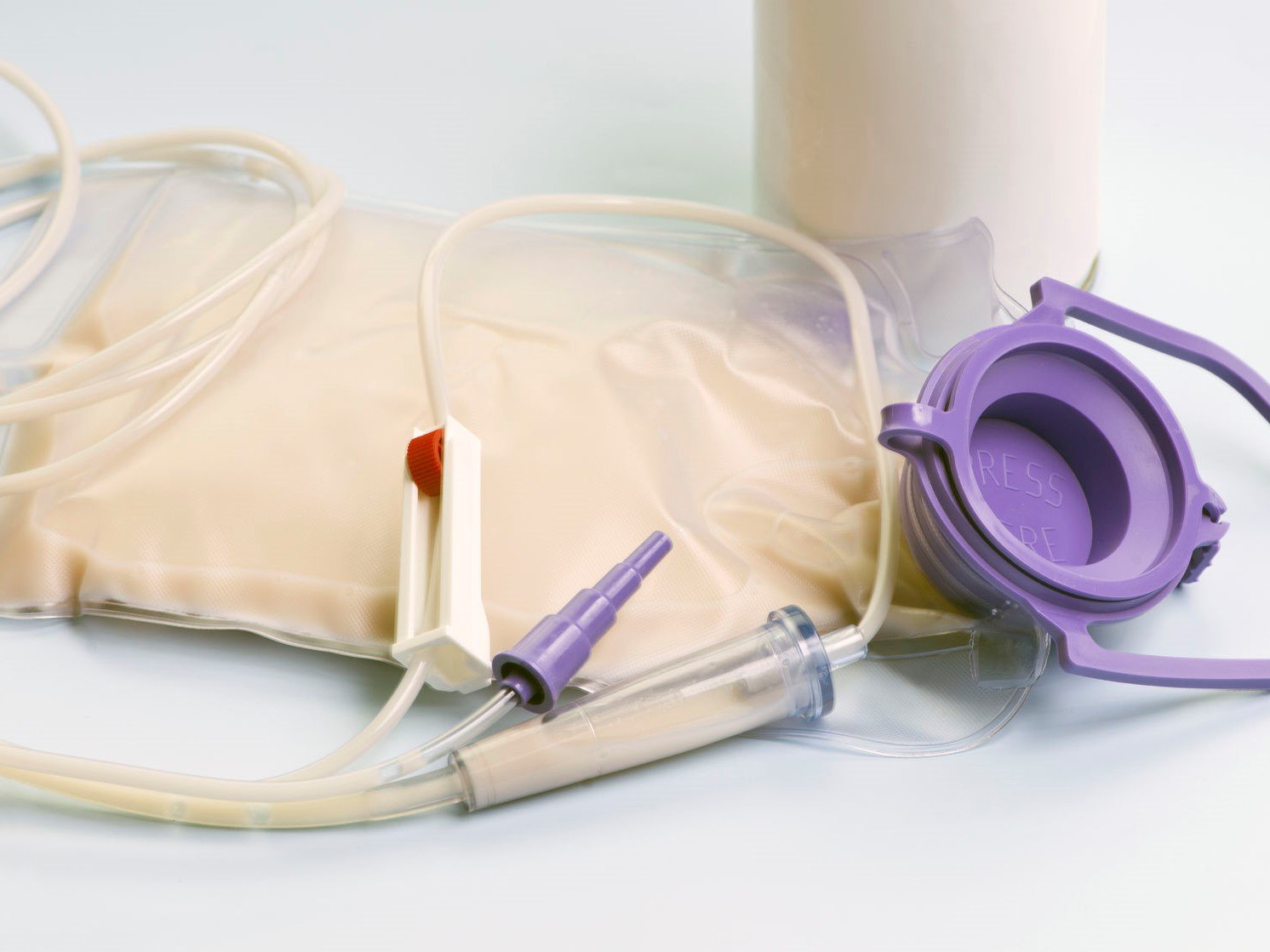
The first enteral feeding formula consisted of raw eggs, sugar and water/milk/wine. This product was fed to patients through a flexible tube after complex operations in 1793 at the suggestion of surgeon John Hunter.
As we delved deeper into the topic of nutritional support, meat broths and fermented milk drinks began to be used as a liquid component.
At the end of the 19th century, the domestic scientist Sergei Spasokukotsky practiced using a mixture consisting of 40 ml of alcohol, 2 raw eggs, 400 ml of milk, butter, a pinch of salt and 50 g of sugar. The mixture “according to Spasokukotsky” reduced the percentage of postoperative shock, and during the Second World War it saved the lives of Soviet soldiers.
However, enteral nutrition still consisted of prepared foods rather than monocomponents.
In the mid-twentieth century, basic monocomponents were first used in the development of a formula for feeding children with CMPA (allergy to cow’s milk proteins). By the 1960s, the use of such compounds had become widespread in the treatment of patients unable to eat on their own.
It is interesting that the first cosmonauts ate according to the principle of an elemental (monomeric) diet. Space tubes were a prototype of “separate nutrition”
Along with the development of technology for the production of monocomponent concentrated mixtures in the 70s, doctors discovered the method of parenteral nutrition (through a vein). And for 10 years it was considered more effective, but a number of studies on hospital patients proved the opposite.
The new era of enteral nutrition began with the motto “If you have a gut, use it.” In the event that the need for energy and nutrients within 7 days after starting the use of “enteral” is not met by at least 50%, “parenteral” is prescribed.
P.S.: recommendations for nutritional support today are clearly stated for each case in the ESPEN protocols and in the domestic Standards of Medical Care (new documents are regularly published on our channel)
